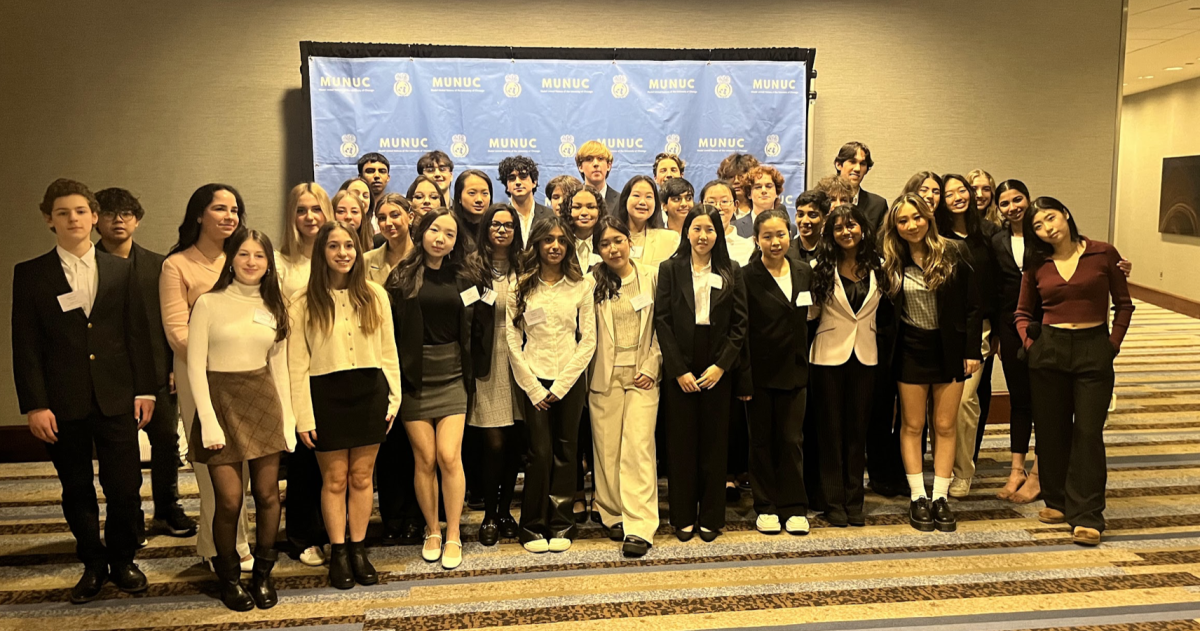Closing study spaces during study hours
December 7, 2022
Starting at 8:00 PM, students at Lake Forest Academy grab their pencils, computers, and textbooks, flocking to the Student Union (or “STU”). STU typically sees a turnout of at least 50 students each night, with lower STU adding another dozen or so. STU attracts boarders who want to get out of their dorms to do homework and those looking to meet and study with a partner or in a group. It also attracts the day-student population who want to stay at school to do their homework. However, the study spaces can feel crowded—even claustrophobic at times—due to the large number of students studying in the same place at the same time.
Crowding has not always been a problem, as LFA previously utilized more of its campus during study hours (8:00 PM to 10:00 PM, Sunday to Thursday). But a couple of weeks ago, LFA changed their policies and limited students’ available study spaces, now just STU and the dorms.
The attempt to improve this was a policy that limited students to certain tables and removing group study. On top of this, the section of STU to the left of the entrance of the buffet has been reserved for just honors students. Limiting space even further, lower STU has been transformed into the Writing Center, which is only available to students who need assistance with writing projects.
While these additional changes in STU have certainly made it a better place to study, the impact was faculty kicking students out of STU. Many emails were sent to faculty, who communicated it to students, stating that STU was closed–already booked. As a result, students congregated in the dorm, causing a stir among those who lived there. Boarders often feel like there are too many people in the dorms, often not studying. In a rash reponse on the sunday before returning from Thanksgiving, Resident Council, the leaders of all the residential teams, closed the dorms to non-residents entirely, (only making exceptions for students working with a teacher or students having their work literally checked by a dorm parent to deem it “required” for group work). Residential Council did this without telling proctors or even the majority of faculty. The only place students are allowed to group study is the fireplace in upper STU, which is limited the students on the distant spring 2022 Head of School list.
Riya Kapoor 23’, a proctor in Field, communicated that, “As a proctor, I feel blindsided by this decision. Being the bridge between the students and administrators, I feel like it is our place and responsibility to represent the student opinion. Revoking group study entirely was a rash decision, and the entire boarder population was not considered.” Speaking more about group study specifically, Kapoor feels that “group study is essential for us, and limiting it because of GPA is completely unfair. Especially during finals, we need to be able to study with our peers. There has to be another middle ground besides revoking entirely, maybe having designated time for group work rather than all of study hours. All in all, I feel blindsided and not considered.”
Where people feel most efficient is personal, and not everyone can be productive studying where they sleep. The atmosphere is essential when doing homework. For some, a small, quiet library might be ideal; for others, it might be an ample, open space. Whatever study space students find most comfortable should be accessible at LFA. The solution to why study spaces were closed cannot be to force students into one space. Whether much more residential faculty is needed or a reworking of how spaces are allocated and supervised in the evenings, students bouncing from place to place to find their home to study isn’t working, nor is banning gorup study for a majority of the population.








